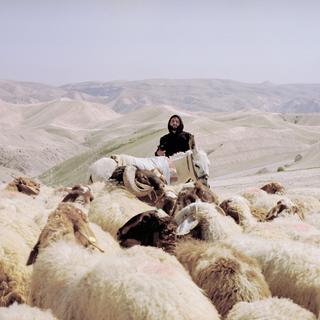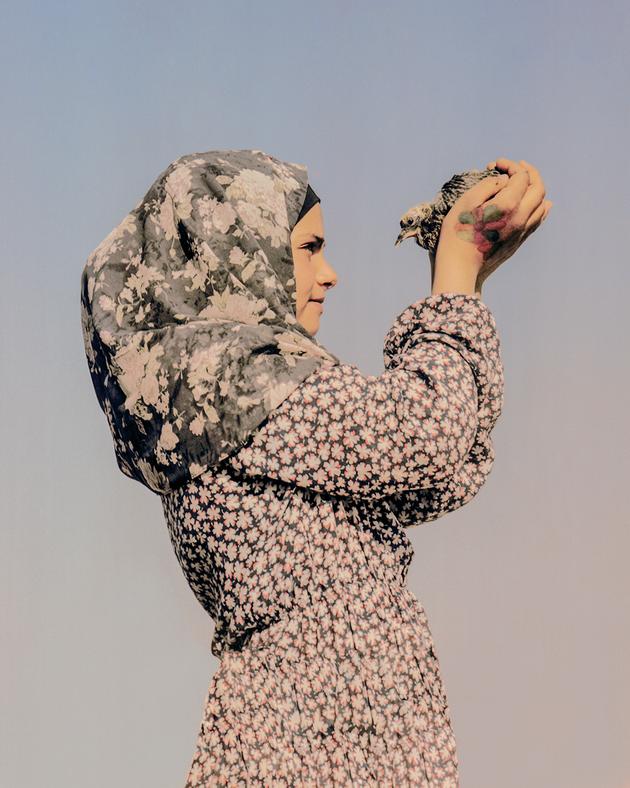


West Bank Bedouins, the last shepherds of the Judean desert
In picturesThe sedentary Bedouins were already under pressure from Israeli settlers. The outbreak of war between Israel and Hamas did nothing to improve their lot. Slovak photographer Petra Bašnáková has published 'Born of Sand and Sun,' a portrait of a people whose dignity she has endeavored to show.
A few dozen kilometers from Gaza, since October 7, 2023, and the start of the war between Israel and Hamas, more than 1,000 Palestinians from the occupied West Bank have been forced by settlers to leave their homes, according to the United Nations (UN). These settlers, supported by the Israeli state and army, are gradually taking over the land, making life impossible for the small sedentary Bedouin communities scattered across the rocky hills.
In 2013, the UN counted around 40,000 Bedouins in the West Bank, who were forcibly displaced from the Negev when Israel was created in 1948. In the media, these Palestinians with their traditional way of life are often portrayed in the context of their hardship, linked to occupation, deprivation and the rigors of life in the desert.
Having studied documentary photography at the Bezalel Academy of Arts and Design in Jerusalem, Bašnáková owes her project to a chance encounter after a nap on the hot stones of the Judean desert, on the edge of the holy city. A young boy r a white donkey woke her up: "He said to me: 'Yalla! Let's go!'" she recalled. She followed him and was welcomed by the boy's family near the shrine of Nabi Musa, where Moses is said to have been buried, in the beige hills between Jerusalem and Jericho. "They made me breakfast and tea and shared their last piece of bread with me. At that moment, I decided I wanted to capture their stories because I had never in my life met people with such generous hearts."
A chance encounter
In just over three years, the 26-year-old integrated herself into these isolated communities. So much so that one of the Bedouin women she followed, Nadia, chose Petra as a middle name for her daughter. In her photographs, the artist, who trained at the Tomas Bata University in Zlín, Czech Republic, sometimes borrowed from the local imagination, with, for example, the image of a cactus, a symbol of the Palestinian people, growing surrounded by a fence.
Sometimes the symbols are universal, like this portrait of a young Palestinian girl, Hanin, holding a pigeon in her hands. "When I asked her why she liked birds so much, she replied: 'Because they're free and can go wherever they want,'" said the photographer with a smile. "While it may sound clichéd, the moment she released the bird into the sky was a magical moment."

Having studied documentary photography at the Bezalel Academy of Arts and Design in Jerusalem, Bašnáková owes her project to a chance encounter after a nap on the hot stones of the Judean desert, on the edge of the holy city. A young boy with a white donkey woke her up: "He said to me: 'Yalla! Let's go!'" she recalled. She followed him and was welcomed by the boy's family near the shrine of Nabi Musa, where Moses is said to have been buried, in the beige hills between Jerusalem and Jericho. "They made me breakfast and tea and shared their last piece of bread with me. At that moment, I decided I wanted to capture their stories because I had never in my life met people with such generous hearts."
You have 35% of this article left to read. The rest is for subscribers only.
